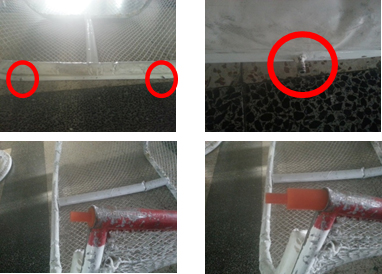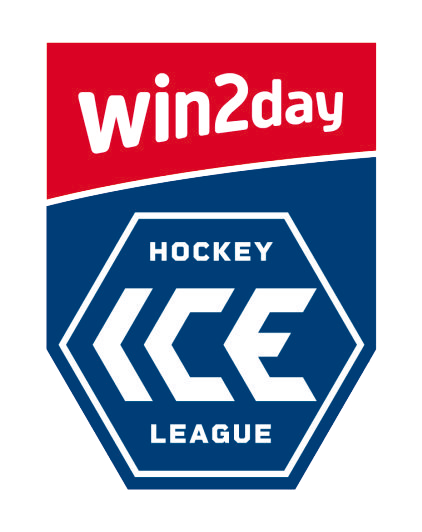- Each goal net must be located in the center of the icing line at either end and must be installed in such manner as to remain stationary during the progress of the game. For ICE Hockey League competitions, flexible goal pegs to hold the goal frame in place but which displace the goal net from its moorings upon significant contact are mandatory. The holes for the goal pegs must be located exactly on the icing line.
- The goal posts and crossbar must be red. All other parts of the net and frame must be white.
- The goal posts and crossbar must be completed by a white frame inside the base of the goal frame along the ice and top extending from post to post towards the end boards and supporting the netting, the deepest point of which must be 0.60 – 1.12 meters.
- A netting of durable white nylon cord must be attached securely over the entire back of the goal frame in such a manner as to trap the puck in the goal net after it has entered and to prevent the puck from entering the goal net in any way other than in front.
- The inside parts of the supports of the white frame, other than the goal posts and the crossbar, must be covered by white padding. The padding of the base frame must start not less than 10cm from the goal post and must be attached in a manner that does not restrict the puck from completely crossing the goal line.
*ICE Hockey League - In addition to the 2 goal pegs, an additional 2 pegs must be permanently stationed on the back, lower supporting bar, 100cm apart. Each peg will be 2,5cm in length, with a diameter of 1,5cm. There will be 2 additional holes drilled in the ice where each respective peg sits. The usage of the goal peg system which has been assigned by the ICE Hockey League is mandatory.









